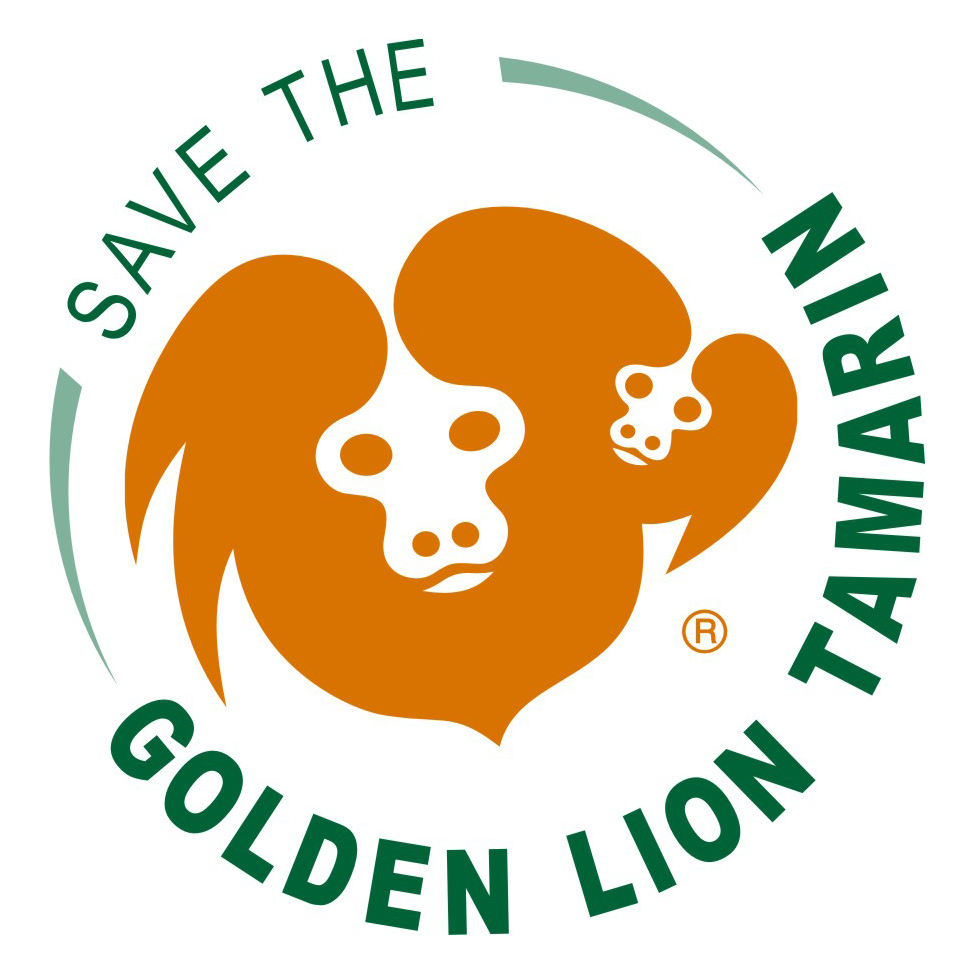8 August 2025
MEDIA RELEASE by SAVE THE GOLDEN LION TAMARIN
(contact@savetheliontamarin.org)
Back to the wild: Golden Lion Tamarins triumph over international trafficking
Rio de Janeiro, August 8, 2025 - Four endangered golden lion tamarins (GLTs) seized by the Brazilian government from international traffickers in 2023 and 2024 were released in their native Atlantic Forest in Brazil today. The release took place in an area of Brazil’s Atlantic Forest in the Municipality of Macaé, Rio de Janeiro. For security reasons, the exact location will not be disclosed.
The rescued GLTs released today are two male-female pairs. A field team will monitor how they are coping back in their natural environment until each pair establishes their own home territory. The technical work of selecting the individuals to be returned to the wild and the definition of the protocols for the process were carried out by specialists who are part of the National Action Plan for the Conservation of Atlantic Forest Primates and Maned Sloths, coordinated by the Brazilian government (The Chico Mendes Institute for Biodiversity Conservation, or ICMBio).
Quote from Andréia Martins, Coordinator of the Golden Lion Tamarin Association Field Monitoring Team: “This is an amazing story of the endurance of these tiny monkeys and a truly global effort to ensure their survival. Today we returned two GLT pairs to their native Atlantic Forest, giving them a second chance to help assure a future for their species.”
Golden lion tamarins are threatened with extinction and are endemic to the Atlantic Forest, more precisely to the lowland forests of the interior of the Brazilian state of Rio de Janeiro. A world-famous conservation program for the species coordinated by the Brazilian government — ongoing for more than 40 years with the involvement of many national and international organizations — increased the wild GLT population from 200 to 4,800 today.
These conservation efforts included translocations of wild and zoo-born GLTs – expertise that could be relied on for planning today’s release. About 150 zoos and aquariums in Brazil and around the world participate in an effort that maintains a genetically diverse insurance population capable of providing GLTs for translocation should a disaster reduce the wild population. Illegal capture for the international pet trade has long been one of the causes of this species’ endangered status. However, the intense conservation effort in recent decades significantly reduced this activity.
Recent reports of GLTs illegally captured from the wild and trafficked outside Brazil led the Brazilian government to conduct two international rescue operations: the first in August 2023 in Suriname in which seven GLTs were confiscated and returned to Brazil, and another in February 2024, in which 20 GLTs that had been transported in precarious conditions inside a sailboat across the Atlantic Ocean were apprehended by port authorities in Togo, on the west coast of Africa.
Three of the 20 individuals died, but 17 were repatriated by the Brazilian government. The GLTs repatriated to Brazil underwent a long period of quarantine and veterinary care, those from Suriname at the Guarulhos Municipal Zoo in São Paulo, and those from Togo at the Rio de Janeiro Primatology Center.
Quote from Silvia Bahadian Moreira, Veterinarian of the Rio de Janeiro Primatology Center (CPRJ): “When she first arrived at CPRJ, one of the females being released today was one of the most debilitated. She was on the verge of death for days. The rescuers gave her the nickname ‘warrior’, hoping she could be the first to gain freedom.”
A mighty team effort
The four GLTs returned to the wild were part of 2023 and 2024 rescue operations. The effort to return the GLTs to the wild is a collaboration of many institutions:
Seizure of trafficked GLTs: Brazilian Federal Police, the Brazilian Institute of the Environment and Renewable Natural Resources (IBAMA).
Care and return to Brazil of the GLTs seized in Togo and Suriname: Brazilian Ministry of Foreign Affairs, Brazilian Ministry of the Environment, Brazilian Institute of the Environment and Renewable Natural Resources (IBAMA), Chico Mendes Institute of Biodiversity Conservation (ICMBio), Brazilian Federal Police, Freeland Brazil, Callitrichid Taxon Advisory Group of the European Association of Zoos and Aquaria (EAZA).
Animal care in Brazil and preparation for release: Rio de Janeiro Primatology Center of the Rio de Janeiro State Environment Institute (INEA), Golden Lion Tamarin Association (AMLD), National Center for Primate Research and Conservation/ICMBio, Copenhagen Zoo, Species360, Guarulhos Municipal Zoo, and Zoo São Paulo.
Release and monitoring: Golden Lion Tamarin Association (AMLD), Universidade Estadual Norte Fluminense (UENF), Municipality of Macaé.
Press contacts:
Save the Golden Lion Tamarin (SGLT) contact@savetheliontamarin.org
National Center for Primate Research and Conservation/ICMBio cpb@icmbio.gov.br
Rio de Janeiro Primatology Center/INEA ascom.ambiente@gmail.com
Management of the GLT population in human care:
Brazil – Mara Cristina Marques (Zoo São Paulo) mara.marques@zoologico.com.br
North America - Kenton Kerns (Smithsonian’s National Zoo and Conservation Biology Institute) kernsk@si.edu
Europe – Bryan Carroll (Bristol Zoological Society) bcarroll@bzsociety.org.uk
Australasia –Amanda Embury (Zoos Victoria) aembury@zoo.org.au
Global Population Biologist – Dr. Kristin Leus (Copenhagen Zoo) krl@zoo.dk
Additional info:
Golden lion tamarins are small monkeys that are easily recognized by their reddish-gold fur and lion-like mane. They live in small family groups typically composed of a mom and dad and their offspring (usually twins) from one or two litters; and sometimes an aunt or uncle. All group members help to carry and look after the babies and work together to mark and defend their home territory.
https://www.savetheliontamarin.org/news/golden-lion-tamarins-apprehended-in-togo-return-to-brazil (March 4, 2024)
Photos and video from the Aug 8 release available on this link: https://drive.google.com/drive/folders/1PGbRXoY_hRGYESH5vTVxu9BuezpqQc0_
